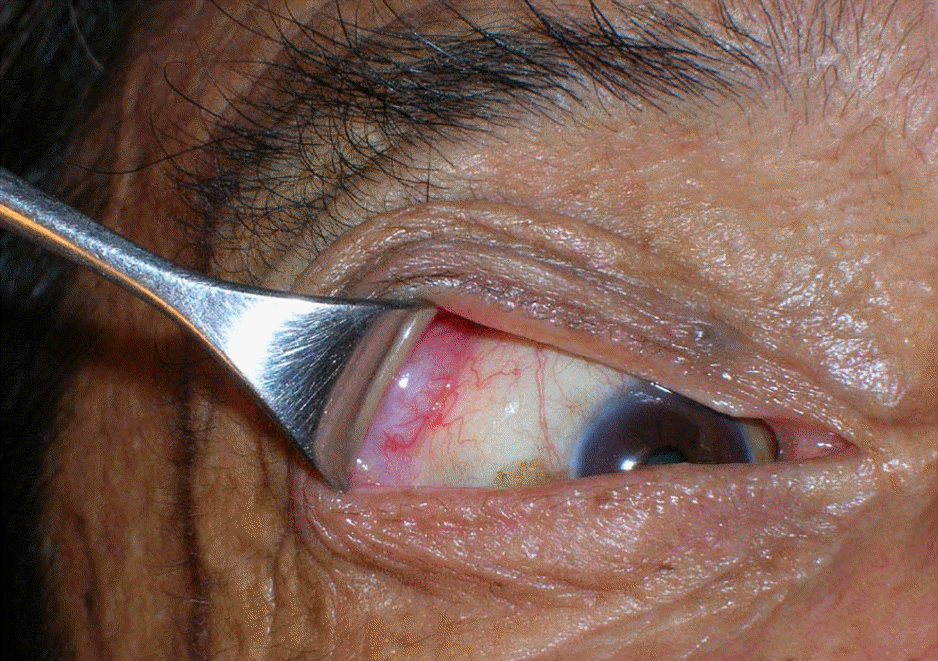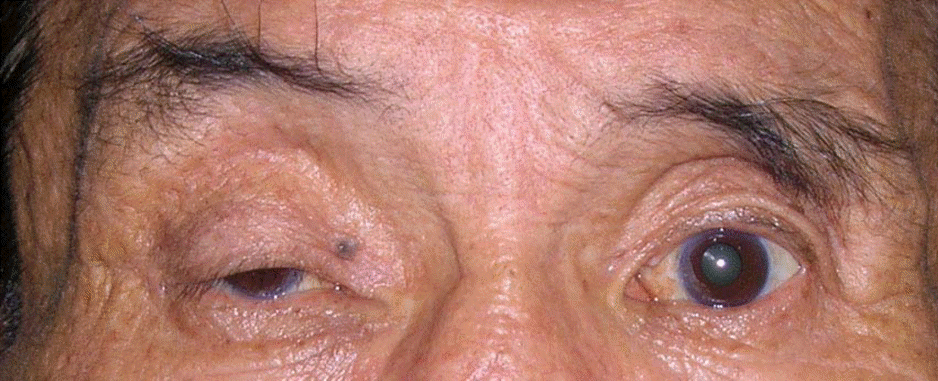Abstract
Purpose
To describe the use of botulinum toxin injection of the lacrimal gland for palliative treatment of epiphora secondary to nasolacrimal duct obstruction.
Methods
A prospective non-comparative interventional case series study was designed to include 13 patients with nasolacrimal duct obstruction. Under topical anesthesia botulinum toxin A (1-4unit) was injected into the palpebral lobe of the lacrimal gland via a transconjunctival approach. Patients underwent a Schirmer test and a subjective evaluation of their epiphora symptoms was performed at 0 (baseline), 1, 4 and 12 weeks after injection.
Go to : 
References
1. Lee TS, Kim DY, Cho SH. The surgical results of balloon catheter dacryocystoplasty in both children and adults. J Korean Ophthalmol Soc. 2003; 44:794–9.
2. Lee SH, Kim SD, Kim JD. Silicone intubation for nasolacrimal duct obstruction in adult. J Korean Ophthalmol Soc. 1997; 38:185–9.
3. Riemann R, Pfennigsdorf S, Riemann E, Naumann M. Successful treatment of corcoile tears by injection of botulinum toxin into the lacrimal gland. Ophthalmology. 1999; 106:2333–4.
4. Whittaker KW, Matthews BN, Fitt AW, Sandramouli S. The use of botulinum toxin A in the treatment of functional epiphora. Orbit. 2003; 22:193–8.

5. Tu AH, Chang EL. Botulinum toxin for palliative treatment of epiphora in a patient with canalicular obstruction. Ophthalmology. 2005; 112:1469–71.

6. Munk PL, Lin DT, Morris DC. Epiphora: treatment by means of dacryocystoplasty with balloon dilatation of the nasolacrimal drainge appratus. Radiology. 1990; 177:687–90.
7. Scott AB. Botulinum toxin injection into extraocular muscles as an alternative to strabismus surgery. Ophthalmology. 1980; 87:1044–9.

8. Munchau A, Bhatia KP. Uses of botulinum toxin injection in medicine today. Br Med J. 2000; 320:161–5.
9. Simpson LL. The origin, structure, and pharmacological activity of botulinum toxin. Pharmacol Rev. 1981; 33:155–88.
10. Kao I, Drachman DB, Price DL. Botulinum toxin : mechanism of presynaptic blockade. Science. 1976; 193:1256–8.
11. Stanley EF, Drachman DB. Botulinum toxin blocks quantal but not nonquantal release of Ach at the neuromuscular junction. Brain Res. 1983; 261:172–5.

12. Lamberts DW. Physiology of the tear film. In : Smolin G, Thoft RA, editors. The Cornea. 3rd ed.Boston: Little, Brown and Company;1994. v. 1. chap. 13.
13. McCord CD, Tanenbaum M, Nunery WR. Oculoplastic Surgery. 3rd ed.1. New York: Raven press;1995. p. 341–4.
Go to : 
 | Figure 1.Exposure of the palpebral portion of the right lacrimal gland using a Desmarres retractor. |
Table 1.
Details of patients included in the study




 PDF
PDF ePub
ePub Citation
Citation Print
Print



 XML Download
XML Download